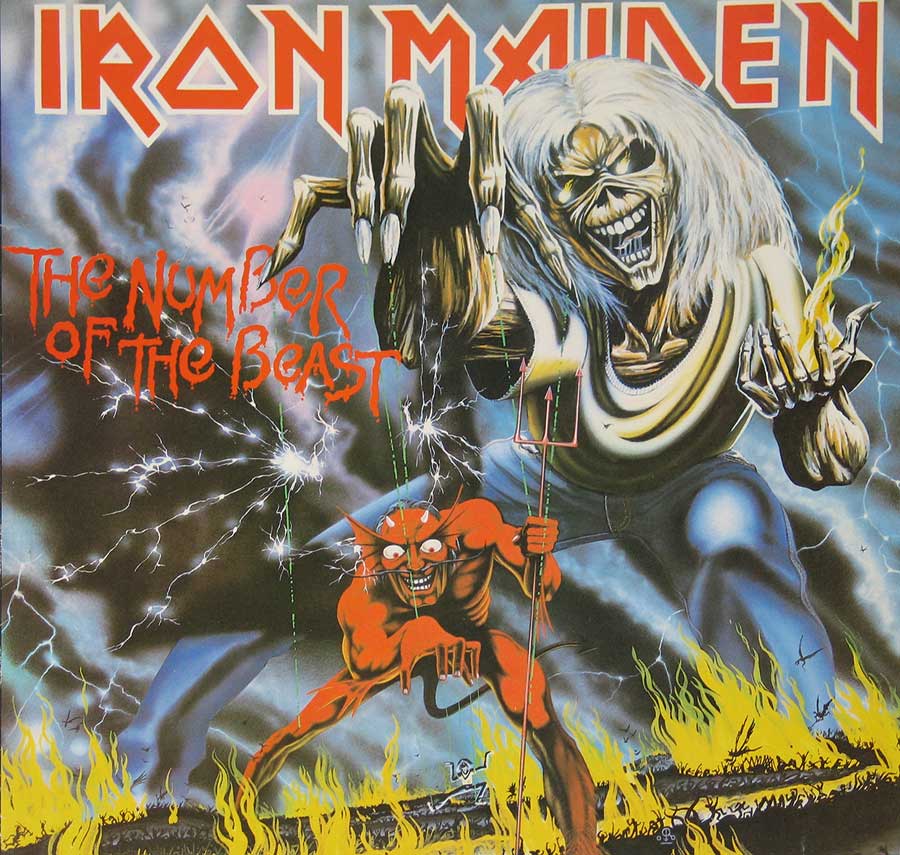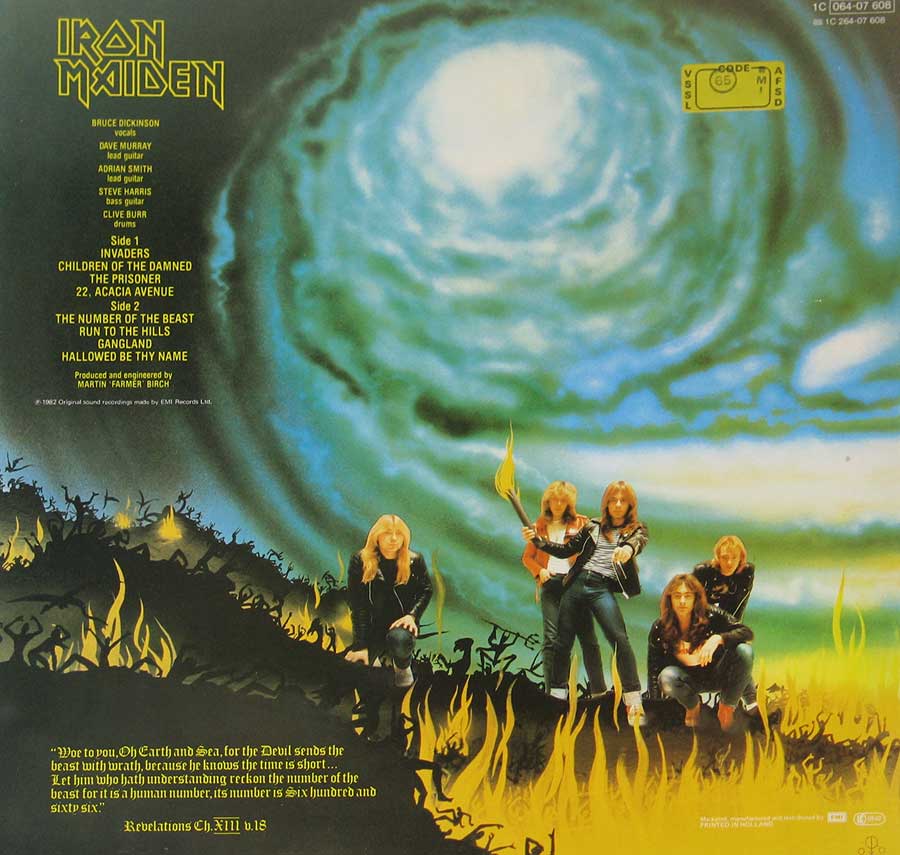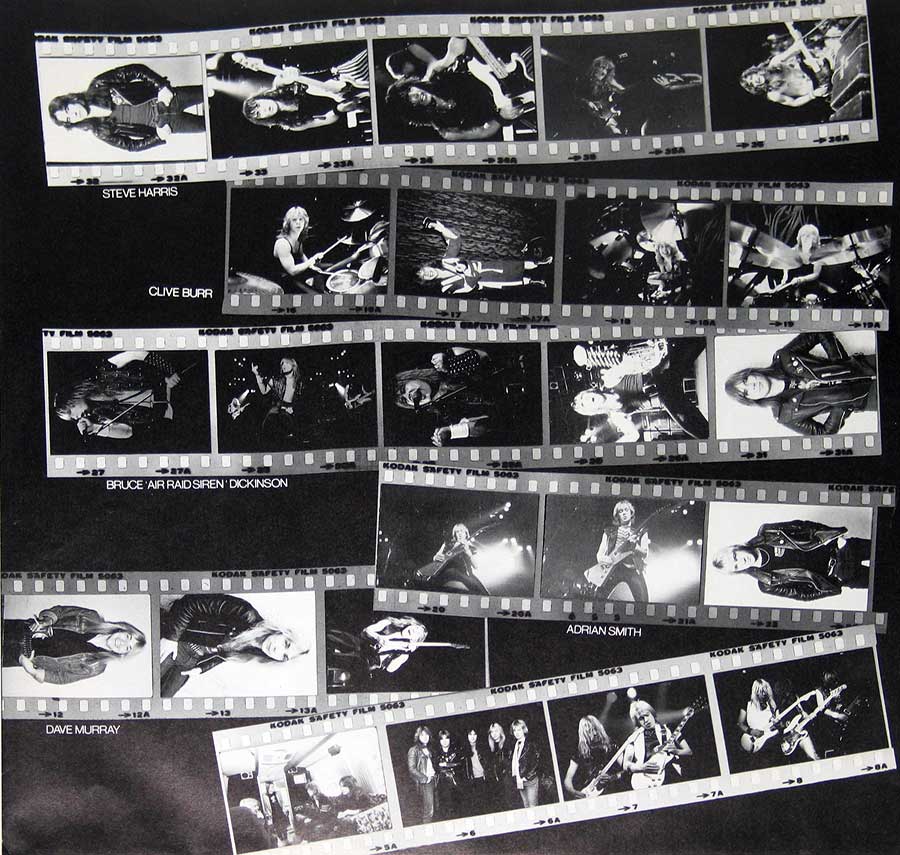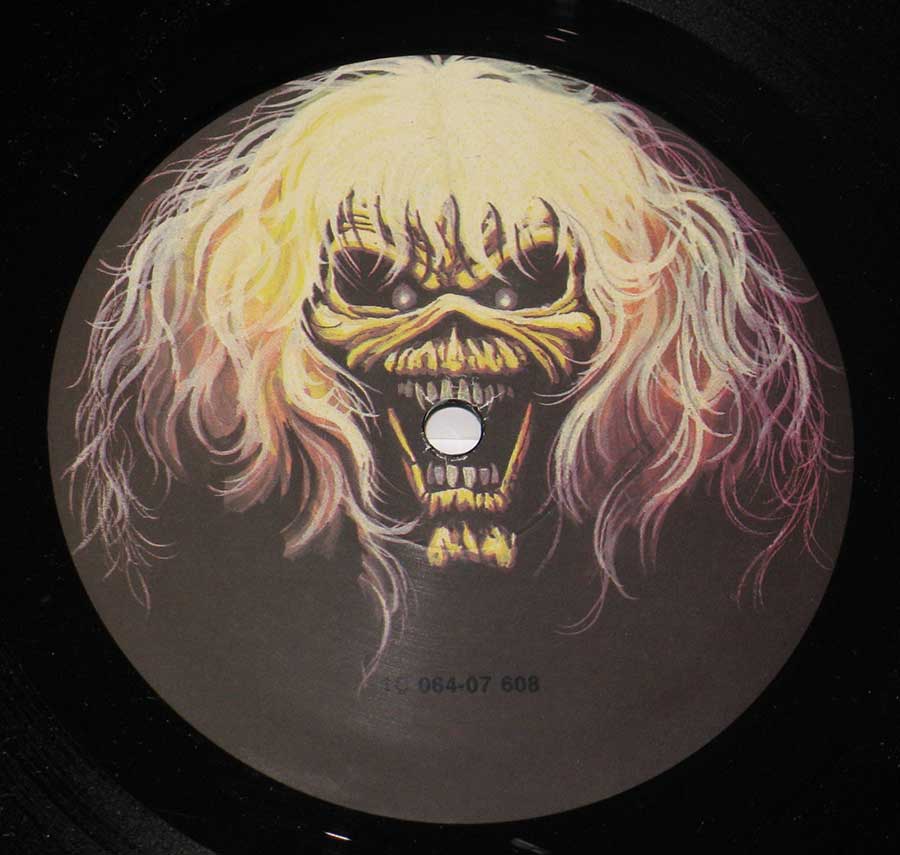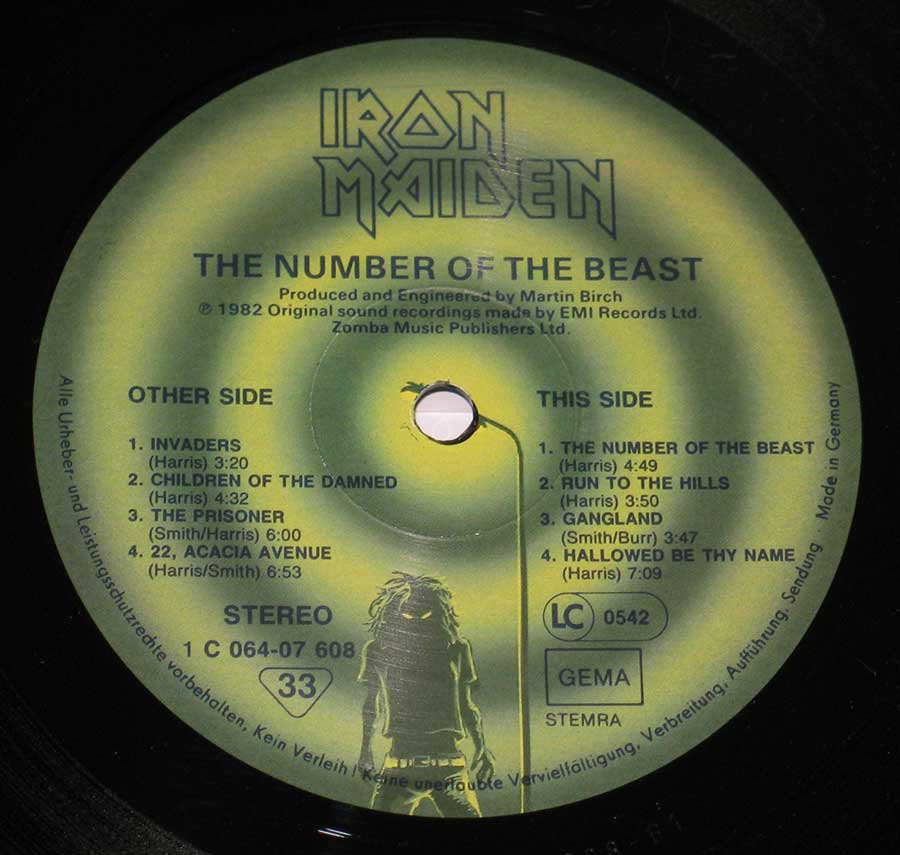Autobahn to Armageddon: Iron Maiden Crash West Germany, 1982 Album Description
Picture it: West Germany, fluorescent beer signs buzzing, Cold War air tasting like tin foil and neon. Then a needle drops and a locomotive of chugging bass and twin guitars barrels through the room — IRON MAIDEN’s “Number of the Beast,” the third studio blast and the first proper howl from new mouthpiece Bruce Dickinson. It isn’t merely a record; it’s a pressure valve erupting, the NWOBHM detonating across the Rhine, boots to cobblestones, youth to the barricades.
The Lineup: Five Horsemen in a Room with Matches
Bruce Dickinson: The New Siren
Dickinson doesn’t sing so much as levitate on vowels. His entrance is a jailbreak siren, a theater kid who stole a fighter jet. He makes dread sound operatic, guilt sound ecstatic, and the high notes feel like a dare to gravity.
Steve Harris: Architect of the Gallop
At the engine room, Steve Harris swings a bass like it’s a battering ram carved from oak and impatience. His compositions are siege plans; the famous gallop is the drawbridge crashing open.
Dave Murray & Adrian Smith: Two Lungs, One Fire
Dave Murray pours liquid mercury, Adrian Smith brings the scalpel and the smoke. Together they braid harmony lines that flash like motorway reflections at 180 km/h — melodic, dangerous, weirdly beautiful.
Clive Burr: Thunder with a Human Pulse
Clive Burr plays like a man wrestling a storm into 4/4 time. The toms aren’t drums; they’re wooden skulls he’s knocking on to wake the dead. It’s propulsion with nerve endings.
Enter the Alchemist: Martin Birch
Producer Martin Birch bottles lightning without childproof caps. The guitars are all chrome and teeth, the bass is a boot in the ribs, and the vocals ride the mix like a gargoyle strapped to a rollercoaster. Birch understands that heaviness isn’t volume — it’s pressure.
Historical Weather Report: 1982, Barometric Doom
The world is a tinderbox: missiles, malaise, and the hangover of the ’70s. Metal, the only genre honest enough to admit we might deserve the apocalypse, steps forward with a crooked halo. In continental Europe, kids translate dread into denim. This album is their phrasebook.
The Songs: Stations on a Midnight Commuter
Invaders
No warm-up stretches. Just a sprint. Harris’s bass hurls the doors wide; Dickinson shouts fire in a crowded pantheon. History by battering ram.
Children of the Damned
A candlelit confession that gradually ignites the cathedral. The band toys with dynamics like cats with matches — hush, tremble, detonate.
The Prisoner
Defiance as a mission statement. Guitars skate and slice while the rhythm section pounds a tunnel through the wall. Freedom isn’t granted; it’s carved.
22 Acacia Avenue
A sleaze-noir postcard with moral smoke still curling off it. The twin guitars leer and then sermonize; Dickinson plays tour guide and town crier.
The Number of the Beast
Nightmare poetry set to a carnival of knives. That lurching riff is a carousel horse with fangs; the chorus a balcony where the crowd leans out over the void and cheers.
Run to the Hills
A cavalry charge that indicts even as it exhilarates. The beat is a gallop you feel in your teeth; the melody’s a banner snapping in a hard wind.
Gangland
Angular, brisk, all corners and alleyways. Burr flicks streetlights on and off with the ride cymbal while the guitars tag brick walls with razor signatures.
Hallowed Be Thy Name
Their death row aria. A pendulum riff, a monk’s whisper, then the floor gives way and we fall gloriously. Theology by amplifier: doubt, fate, and acceptance nailed to a solo that doesn’t end so much as ascend.
Controversy: Pitchforks at the Disco
Of course the pearl-clutchers came — they always do when art points a flashlight at the cobwebs. The title track’s 666 sent moral watchdogs into conniptions, bonfires of LP sleeves flaring in suburban cul-de-sacs. Iron Maiden shrugged and played louder. Panic mistook metaphor for manifesto; the band turned hysteria into free press and louder singalongs.
Band History in the Crosshairs
This record doesn’t just introduce Dickinson — it recalibrates Maiden’s DNA. The theatrical edge sharpens, the narratives lengthen, and the arrangements learn to brood before they bite. With Birch at the console and Burr driving like a man who’s read the last page of the book, the group vaults from promising to undeniable.
Reception: Shock, Awe, and Raised Tankards
Across Germany the response was half headbang, half folk ritual. Press scribes, blinking through the smoke, called it a masterclass in metallic spectacle; the kids didn’t bother with adjectives — they just learned the words and yelled them back. Onstage, “Run to the Hills” became communal cardio, “Hallowed” a secular liturgy. Even skeptics admitted the craft: precision you could draw architectural plans from, emotion you couldn’t.
Why This German Blast Resonates
Forget matrix codes and collector minutiae. What matters here is the moment: 1982, West Germany, five musicians and a producer turning existential dread into lifeblood. It is the clang of industry becoming melody, the theater of fear transfigured into freedom. Drop the needle and you can still feel the walls breathe in, then roar out.
